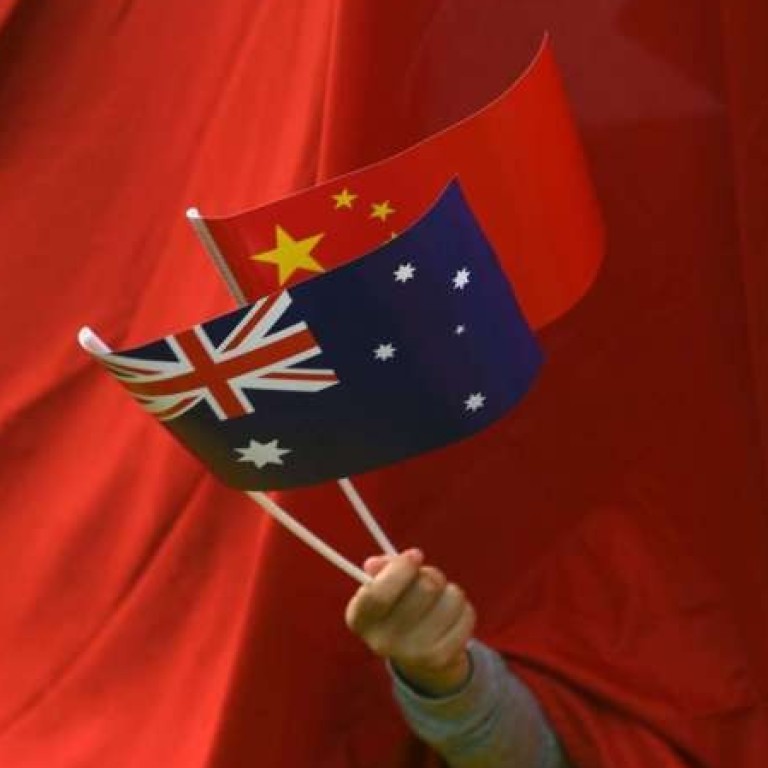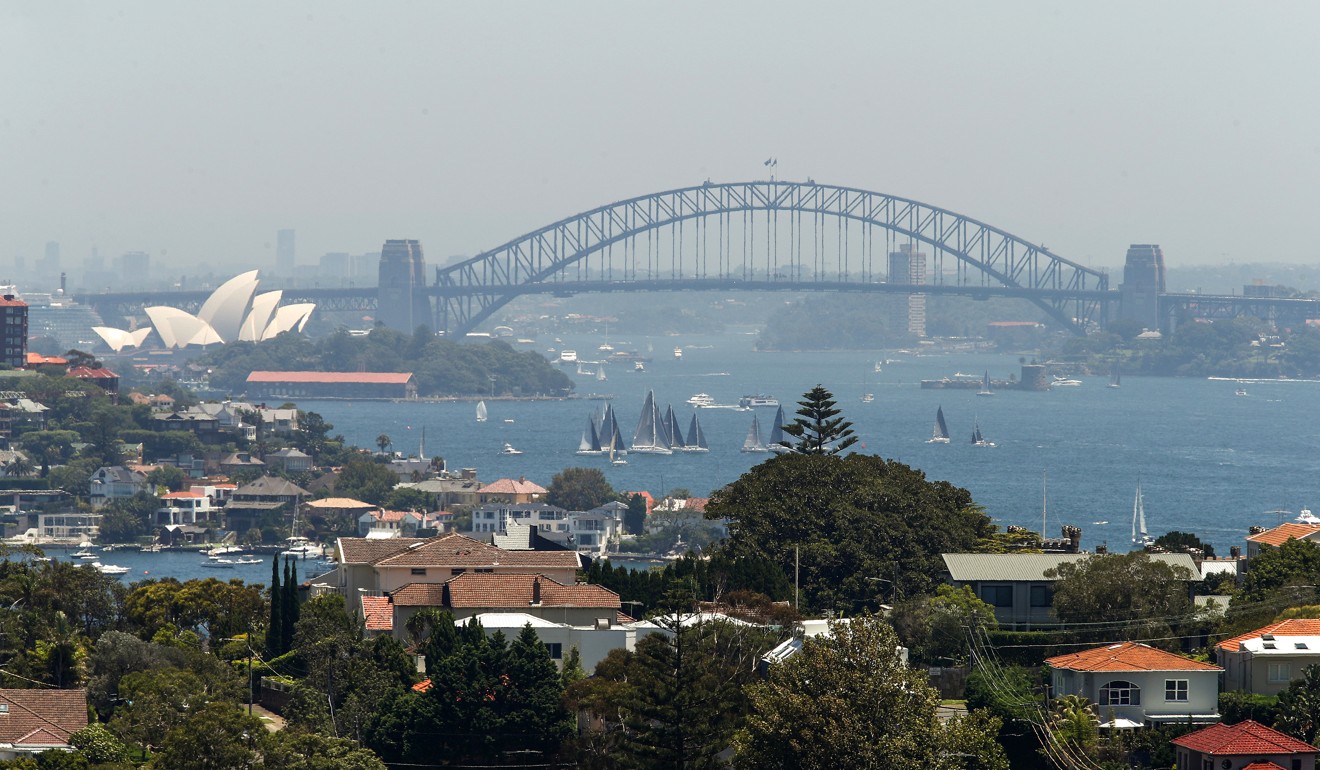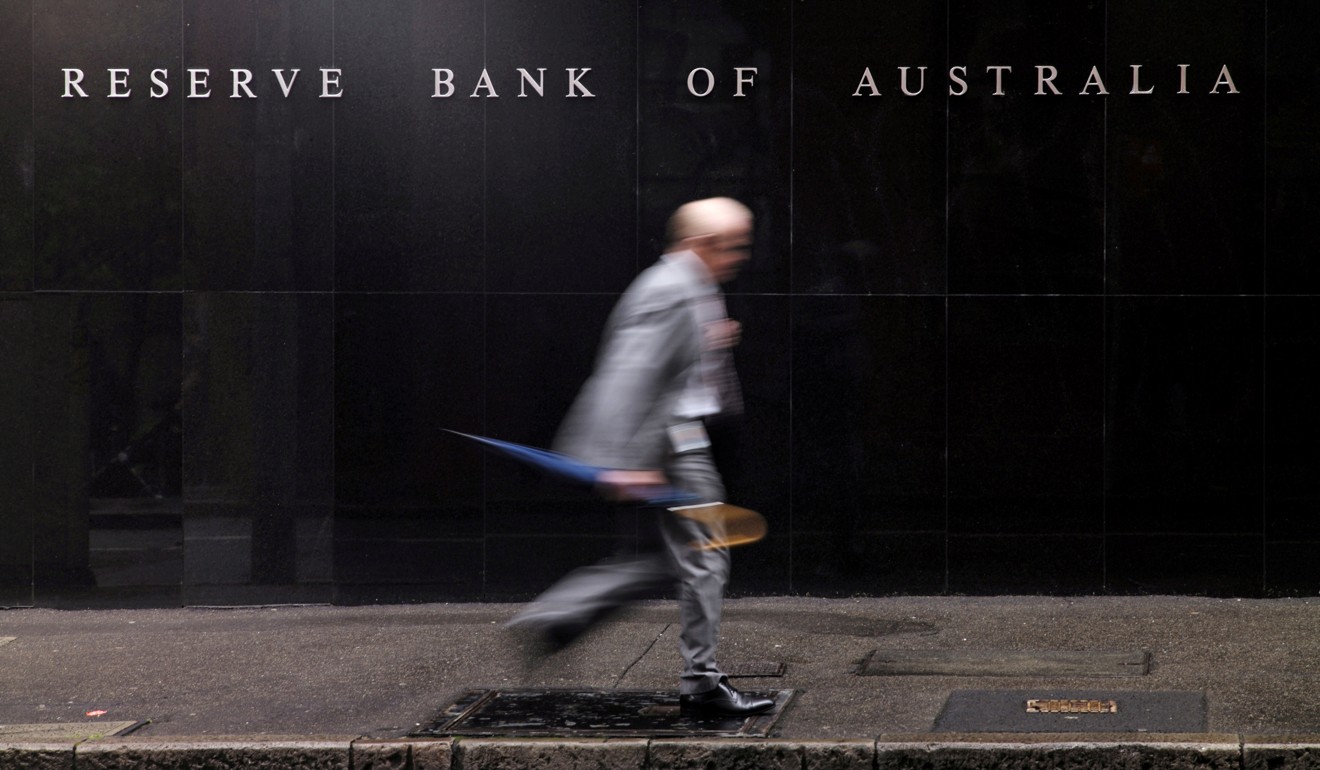
Australia’s central bank may cut interest rates on Tuesday on weaker housing market, CPI, analysts say
- Weaker housing market putting downward pressure on growth
- First quarter CPI dropped sharply, lowest in two and a half years
Australia’s central bank may cut interest rates on Tuesday after holding the rate flat for over two years.
For the first time since Philip Lowe’s appointment as governor in 2016, the Reserve Bank of Australia (RBA) is expected to lower its cash rate by a quarter point to a record low of 1.25 per cent, according to 14 of 26 economists surveyed by Bloomberg. The remaining 12 said they expected the RBA to leave the rate unchanged at 1.5 per cent.
After leaning towards a tighter policy only a few months ago, the RBA is now tilting marginally towards easing. The key trigger was a change in the policy stances of the US Federal Reserve and the Bank of Canada – two central banks the RBA watches more closely than others.
“We expect an interest rate cut this week and one more in August,” said Richard Yetsenga, chief economist at ANZ Bank.
“Activity across the region has improved over recent months, particularly in the PMIs and in China, but the improvement in activity has only been modest, and inflation remains quite low,” he said.
Behind the change in monetary policy bias are the developments in China, where growth has slowed and uncertainty over trade policy is hurting decision-making and investment.

Government figures show China is Australia’s largest trading partner, with 25 per cent of Australia’s manufactured imports coming from China. The Asian giant is also a major importer of raw materials, with large demand for iron ore, coal and liquefied natural gas from Australia.
Australia’s housing market has slowed significantly in recent months, surprising the RBA, which had been cautiously optimistic that growing employment would remain a key supportive factor for the housing market and that a sharp fall was very unlikely. On the other hand, the central bank always viewed a correction as desirable, as house prices have risen strongly in recent years and household debt, and more specifically debt-to-income ratios, is at a record high.
A correction in the housing market is important for the economy via the impact it has on household consumption, one of the major drivers of growth. The impact is twofold. Directly, consumers spend less on furniture and appliances for new dwellings. In addition, a fall in prices lowers household wealth and so can dampen overall consumer spending.

“A slowing global economy will magnify the headwinds from the housing downturn in Australia,” said Marcel Thieliant, senior Australia and New Zealand economist at Capital Economics.
“GDP growth will slow more sharply than most anticipate and the central bank is expected to lower interest rates to record lows. The continued downturn in Australia’s housing market is increasingly restraining activity,” he said.
In the minutes of its April board meeting, the RBA said a cash rate cut would be appropriate if inflation did not move any higher and the unemployment rate trended up. Essentially, it laid out two key conditions that would pave the way for a rate cut but this should not be taken to mean that each of those conditions must be met for a cut to happen.
What is important to understand is whether or to what extent the RBA’s outlook for inflation and employment changes in May when it updates its assessment of the economy. And what is more important is whether any fresh data on one of the conditions changes the outlook to such an extent that fulfilling both the preconditions for a rate cut is no longer be needed.
Huawei ban: Australia becomes increasingly isolated among Five Eyes
This is exactly what happened when the first quarter consumer price index data was released two weeks ago. The data showed headline CPI rose 1.3 per cent from a year earlier, slowing sharply from 1.8 per cent the quarter before and matching a pace last seen in September 2016. Significantly, first quarter CPI was well below the RBA’s 2 to 3 per cent target band, and has been below the target band for 16 of the past 18 quarters.
The biggest risk with such a weak inflation outcome is the effect it has on inflation expectations and wage setting. There is a direct relationship between the actual inflation outcome and wage outcomes: unless wage prices accelerate, inflation is unlikely to accelerate, and until inflation rises at a faster pace, wages are unlikely to sustainably rise at a stronger pace.
The weak headline inflation is a key reason the RBA will bring a rate cut discussion to the table because it is important now, more than ever, to provide easier monetary policy to push inflation higher. While the goal is to meet the inflation target, it is not the end goal. The main reason is to ensure headline inflation does not get entrenched at weaker levels and affects wage settings in the economy.
At a time when the outlook for employment and growth is decent, the RBA can come with all guns blazing by lowering the cash rate and putting downward pressure on the exchange rate.
Focusing on acceleration in wage growth is important for two main reasons. One is to provide more disposable income for households so they are more confident to spend. The other is to ensure there is enough income for households so that consumption is not affected should employment growth slow in the future.

Also in April, the RBA stated for the first time how a lower cash rate would help the economy.
“A lower level of interest rates could still be expected to support the economy through a depreciation of the exchange rate and by reducing required interest payments on borrowing, freeing up cash for other expenditure,” it said.
The case for a lower cash rate has already been made. Any delay in implementing a cut raises a risk of inflation expectations settling lower. To avoid this risk, the RBA is likely to cut the cash rate by a quarter point.
“Governor Lowe stressed that the labour market remains strong, citing jobs growth, the 4.9 per cent unemployment rate, high job vacancy numbers and some pickup in wages growth,” said Sean Callow, senior currency strategist at Westpac in Sydney.
“[But the] RBA’s statement was noticeably less upbeat on Australian growth, dropping the March reiteration of the 3 per cent GDP forecast published in the February statement of monetary policy (SoMP),” Callow said.
“Our baseline view remains that the RBA takes a step towards our gloomier growth view of 2.2 per cent
for GDP this year in the May SoMP and again in August, when it should cut rates. But the soft CPI adds to the case for acting sooner.”
Australia accused of ‘siphoning’ millions from East Timor in oil revenue
Among those that expect RBA to hold off from cutting interest rates next week is Jeffrey Halley, senior market analyst, Asia-Pacific at Oanda.
“The RBA will still wait to see what the outcome of the US-China trade talks are and the data and not just in Australia and around the world going forward,” he said before US President Donald Trump’s tweet on Sunday threatening to increase tariffs on Chinese imports. “Australian interest rates are already so low that there isn’t much manoeuvring room. So the RBA will want to keep its powder dry and probably wait until their hand is forced,” he said.
“There have been improvements in PMIs in the past week and some very good data from the US so I don’t think the domestic economy alone will be enough to force their hand, especially before an election,” he said.
But Ken Cheung Kin-tai, senior Asian currency strategist at Mizuho Bank, said that Trump tariff threat could well prompt the RBA to act.
“The return of trade war will definitely heighten the global recession risk, prompting the RBA to deliver a rate cut sooner,” he said.
